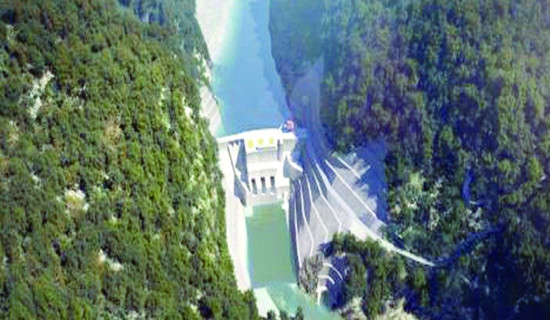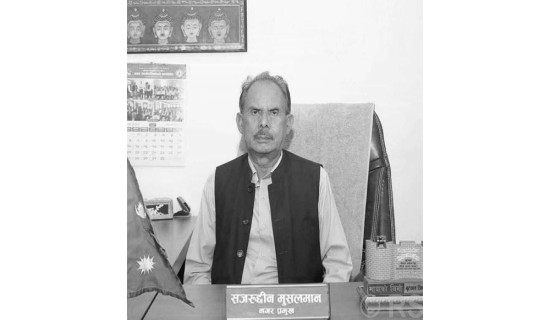- Saturday, 30 August 2025
Koshi's Wake-up Call
With the monsoon rain at its peak, Saptakoshi, the country's biggest river, is flowing at a higher level, threatening the settlements built along its banks. What were once winter lands are now engulfed by muddy floods. The recent inundation of sandy islands within the Saptakoshi River underscores a critical environmental concern, rather than representing a mere seasonal phenomenon. Its residents, who've witnessed this change occur over decades, are justified in being concerned. But the worry shouldn't be theirs to bear by themselves. This is an issue of national concern.
Across the country—from the steep hills of Sindhupalchowk to the remote valleys of Karnali—the risk of landslides and floods is growing each year. Torrential rains are triggering deadly landslides, rivers swell overnight, and entire communities are being washed away. The patterns are noticeable, but our response remains slow. The deposition of sediment in rivers like the Saptakoshi, due to heavy erosion upstream and blocked outflow downstream, has raised riverbeds to dangerous levels. Add the burden of unplanned development, uncared-for infrastructure, and changed rainfall patterns, and it is a recipe for disaster. In Saptakoshi's case, the outdated barrage system—operated without timely synchronisation—has only compounded the problem by trapping sediment and increasing flood hazards.
This year's monsoon is severe already, and the threat is upon us. Fear, though, is not a plan. Awareness must be followed by action. There must be early warning systems that extend to even the remotest communities. Rivers must be monitored during the monsoon season and throughout the year, with real-time data on water levels, sediment discharge, and flood risk zones.
In big river systems such as the dominant Saptakoshi river system, recurrent and systematic sediment extraction from depositing areas is vital. Periodic sediment flushing is essential to promote ecological stability and functional integrity of such big river systems. Without such frequent intervention, sediment buildup can lead to many issues, including altered water flow, habitat destruction, and a threat to infrastructure. Therefore, it is a fundamental requirement that such vital riverine conduits have an austere and consistent sediment management plan.
The local authorities must have the training, gear, and funds to put disaster preparedness mechanisms in place before the rains, not after disaster strikes. Community-based risk education programmes must be launched in all flood- and landslide-risk areas — schools, local clubs, and the media must lead in spreading awareness. The National Disaster Risk Reduction and Management Authority (NDRRMA) must collaborate with departments like Hydrology and Meteorology, Mines and Geology, Irrigation, and Survey to develop a single plan for risk-vulnerable areas. In the meantime, Nepal must invest in nature-based solutions—like reforestation, slope stabilisation, and sustainable river management—to reduce long-term risk.
The fact remains that the topography of Nepal is vulnerable and there is a monsoon season annually. However, floods and landslides do not necessarily result in death and destruction each time. The Saptakoshi experience is a warning call and a wake-up call simultaneously. We should not view these events as annual tragedies but as urgent reminders that the time to act is now—for Saptakoshi, every risk-prone village, and a safer, more prepared Nepal.

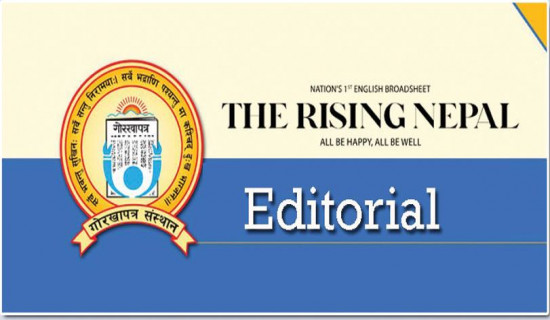
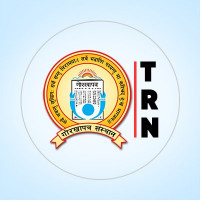
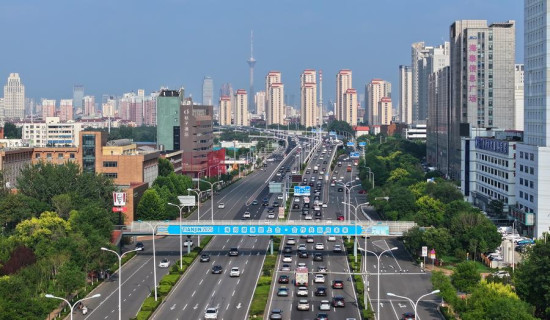
-square-thumb.jpg)
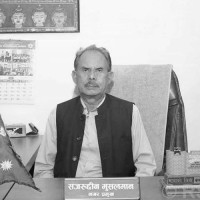




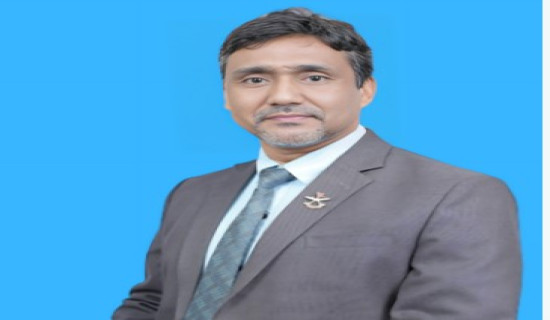


-original-thumb.jpg)
